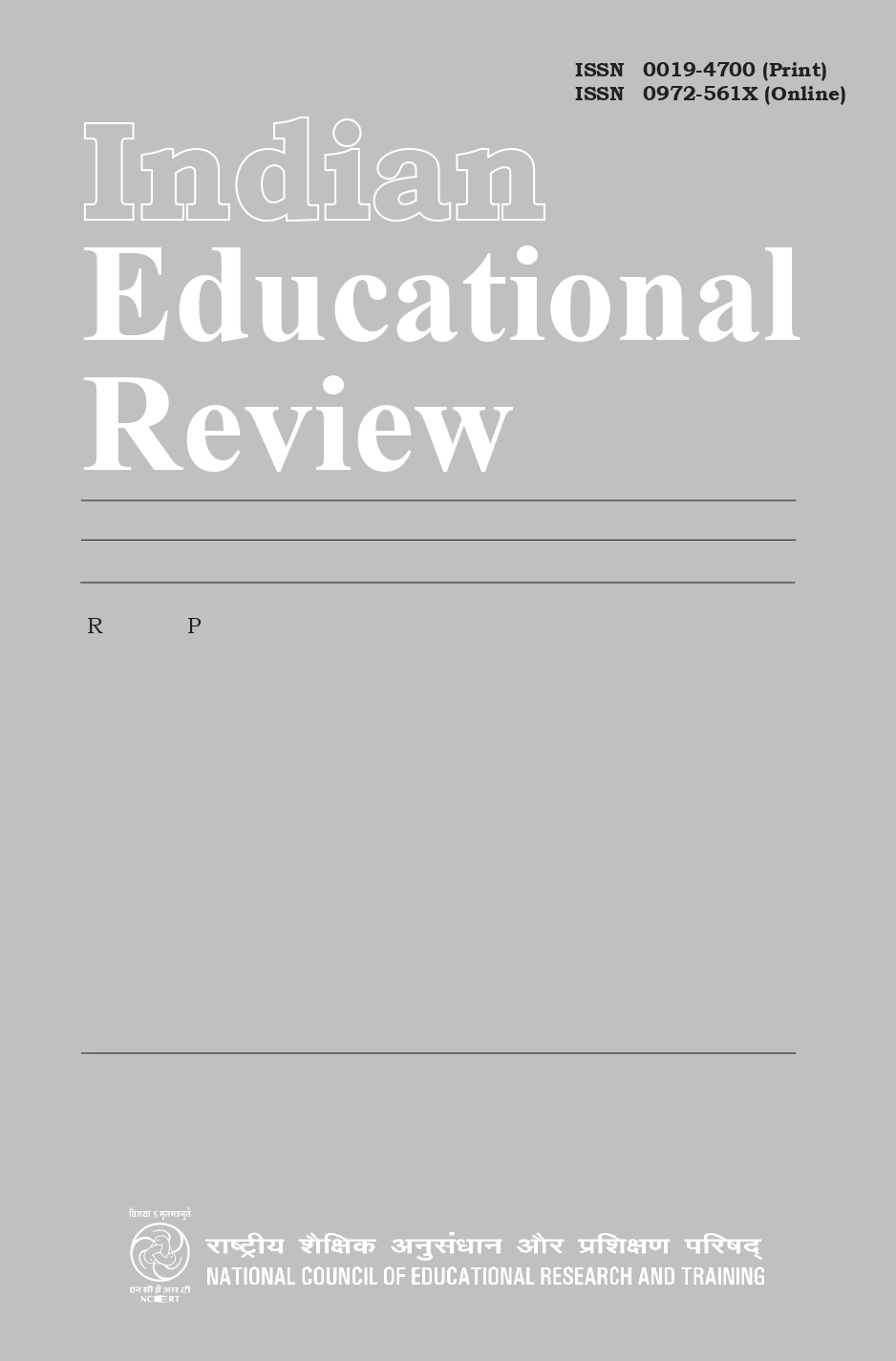Published 2024-12-20
Keywords
- Cognitive Behaviour Modification,
- Learning Disabled
How to Cite
Abstract
Learning disabled (N = 36) were identified from among the 160 discrepant achievers, screened from 1140 male students belonging to 3rd , 4th and 5th grade levels of three English medium schools located in western sub-urban of Mumbai. Standard scores and regression methods were used to compute aptitude-achievement discrepancy. The discrepant achievers were subjected to rating, on BCSLD, by their teachers; those scoring at or above 75th percentile were further administered WISC III. Of these, who scored P > V at least by 12 to 15 points was designated learning disabled (L D). LD (N = 36) were randomly assigned, to experimental and control groups (N = 18, each group). The experimental group was exposed to treatment whereas the control group received none. But they did take pre-test and all the post-tests. First round of treatment was given for 15 days followed by post-test (O1). Quite a few did not reach the criterion. Hence a second course of treatment was given followed by post-test (O2 ). A third post-test (O3 ) was done after a blank period of next 15 days, to test persistence of gain scores. 2 × 4 repeated measures ANOVA and paired t test revealed that CBM based strategy training did not prove effective in remediating perceptual deficit of auditory and visual discrimination among LD sample. But the time input in treating figure-ground deficit was observed to be partially beneficial.

